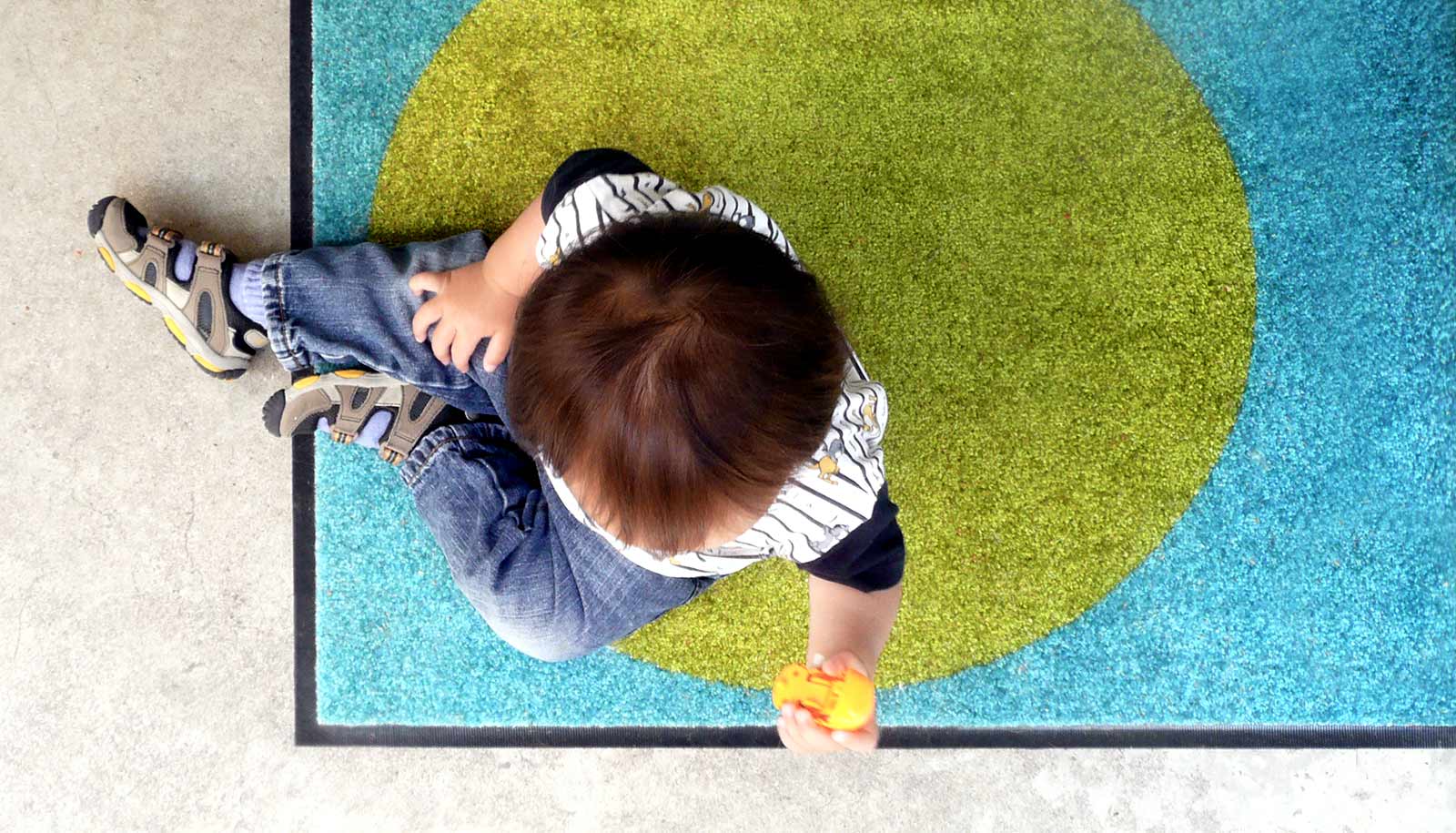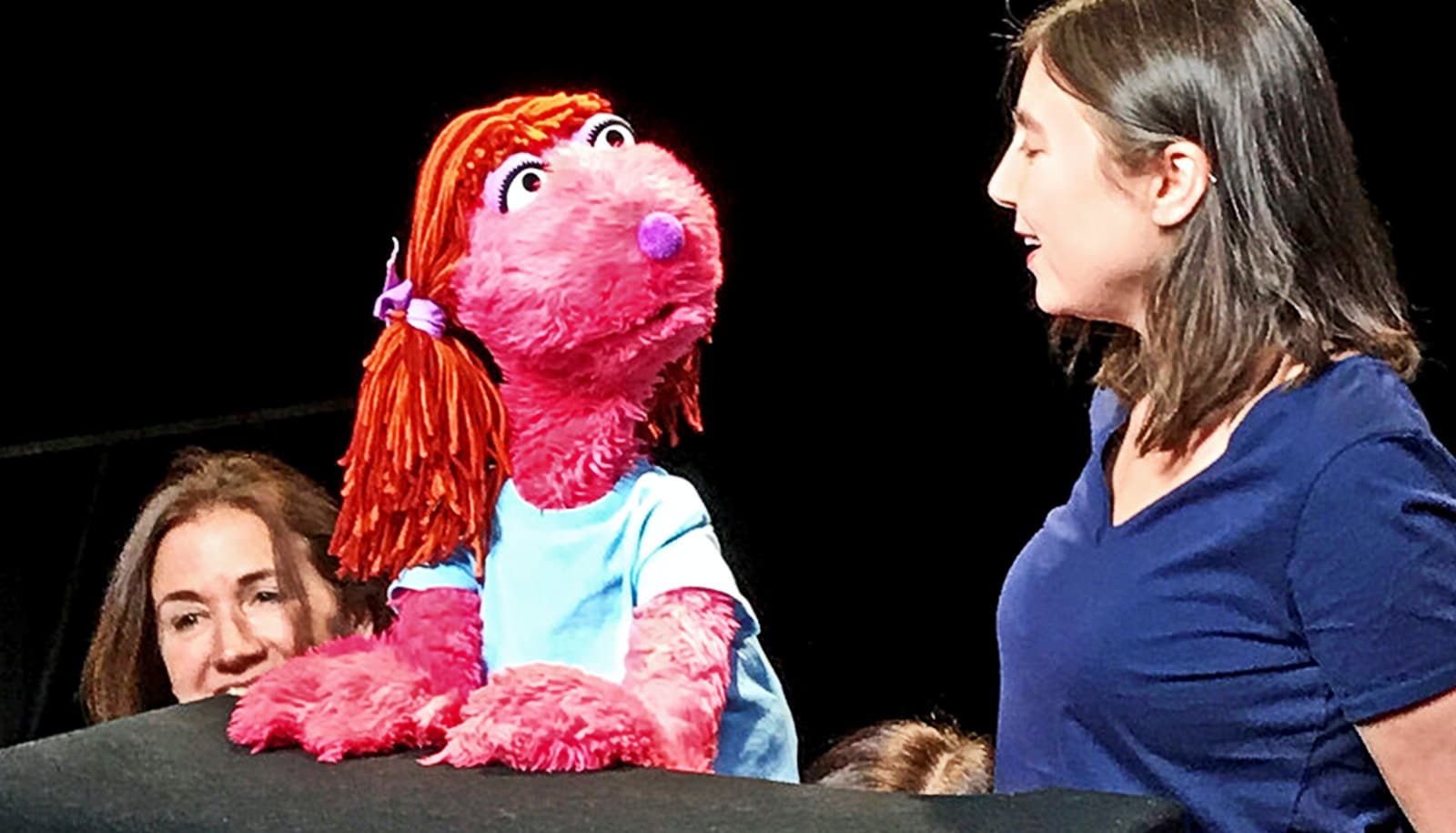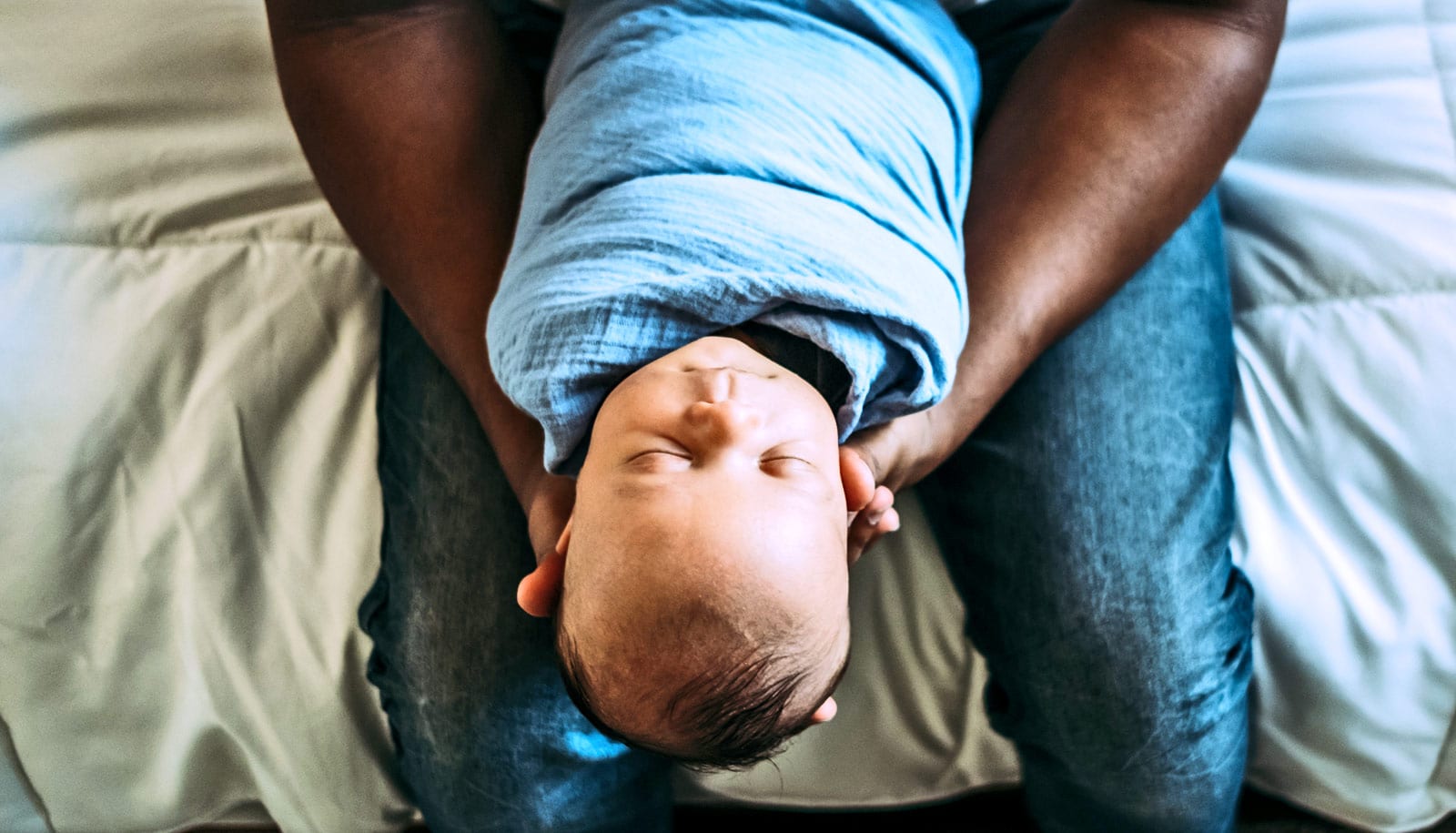Unusual visual inspection of objects by infants nine months of age and older can predict later diagnosis of autism spectrum disorder, a new study shows.
The researchers define unusual visual inspection as:
- looking out of the corners of the eyes,
- holding an object up very close to the face,
- looking at something with one eye closed, or
- staring at an object uninterrupted for more than 10 seconds.
“Unusual visual inspection behavior has long been associated with autism but never yet as early as 9 months of age,” says Meghan Miller, associate professor in the department of psychiatry and behavioral sciences and the University of California, Davis MIND Institute and the first author of the study.
The study, published in the Journal of Abnormal Psychology, also finds that this behavior at nine months predicted 12-month social behavior, but not vice versa.
“The findings support major theories of autism which hypothesize that infants’ over-focus on objects might be at the expense of their interest in people. Ultimately, this study suggests that unusual visual inspection of objects may precede development of the social symptoms characteristic of ASD,” Miller says.
About 1 in 54 children in the United States has been identified with ASD. Younger siblings of children with autism are more likely to be diagnosed with autism, at a rate of approximately one in five.
The researchers evaluated 89 infants whose older siblings have ASD (high-risk group) and 58 infants with siblings with typical development (low-risk group). The infants completed a task designed to measure a variety of different ways of playing with and using objects at 9, 12, 15, 18, 24, and 36 months of age.
The examiners rated each infant’s social engagement behavior after every assessment session. They measured the infant’s frequency of eye contact, frequency of smiling at other people, and overall social responsiveness.
They also tallied the number of times the infant engaged in unusual visual inspection, spinning, and rotating behaviors with the objects. Spinning was defined as dropping, tossing, or manipulating an object in order to make it spin or wobble. Rotating behavior indicated turning, flipping, or rotating the object at least twice.
At 36 months, the infants were classified into one of three groups: Low-Risk Non-ASD (58 children), High-Risk Non-ASD (72 children), and Diagnosed with ASD (17 children).
The study found that differences in unusual visual inspection were most prominent, consistent, and present earliest in infants who developed ASD. At nine months, the ASD group engaged in this behavior more frequently than both other groups and the behavior continued at higher rates at all ages.
Differences in frequencies of spinning and rotating were later-appearing, more time-limited, and related to familial ASD risk rather than the infant’s autism diagnosis.
“An increased focus on objects early in life may have detrimental cascading effects on social behavior,” says Sally Ozonoff, professor in the department of psychiatry and behavioral sciences and the MIND Institute at UC Davis and principal investigator of the study. “Findings from our study suggest that unusual visual exploration of objects may be a valuable addition to early screening and diagnostic tools for ASD.”
Support for the work came from National Institute of Mental Health and the National Institute of Child Health and Human Development Intellectual and Developmental Disabilities Research Center.
Coauthors of the study are from UC Davis, Ohio State University, and the University of Arizona.
Source: UC Davis



